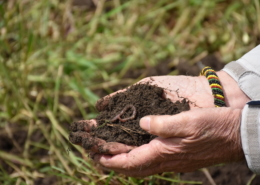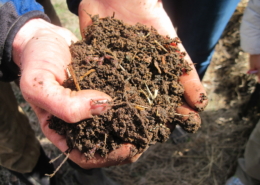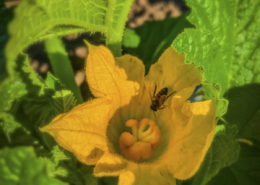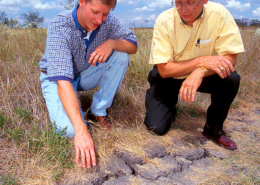Drought
While drought is a natural occurrence that comes and goes, there’s no denying that much of the U.S. is becoming hotter and drier over time. Parts of the desert Southwest and the Northern Great Plains are gripped by megadrought, the worst growing conditions in over 1,200 years. Much of the U.S. food supply depends on plentiful irrigation in the Central Valley of California and from the Ogallala Aquifer, and in both regions, groundwater and surface waters are rapidly dwindling. For food security, agricultural prosperity, and the good of both people and the planet, it’s crucial that we swiftly employ effective strategies to alleviate drought.
“No natural disaster has caused as much human misery as drought. It has caused more suffering and death than all other natural disasters combined . . . . Entire civilizations have collapsed when their supply of water or food has literally dried up.” – Dale Strickler, 2018 in The Drought Resilient Farm
Drought distills down to two main things: the amount of water we get, and the amount of water we keep and can put to beneficial use. Our ability to influence the amount of water we get – whether through precipitation, runoff from the neighbors, or from irrigation – is small compared to our vast ability to influence the amount of water we can catch and hold on our land. We have direct control over many things to bolster drought resistance and resilience into our ag operations: building soil biology; keeping the ground covered with plants, both living and decomposing; establishing polycultures of plants; working with ground topography and landforming to direct, catch, and hold water for use in times of need; carefully selecting crops and livestock that are water-efficient and pre-adapted to climate extremes; utilizing no-till practices; managing grazing to enhance soil health and plant vigor; skillfully creating and applying compost, biochar, and biostimulants to increase water holding capacity; and many more proven and emerging techniques.
Here you’ll find practical ATTRA resources related to drought resilience. ATTRA also hosts various networks, workshops, and conferences that will help you safeguard your farm, ranch, garden, or forest in times of water scarcity.
Related Topics
Staff Experts




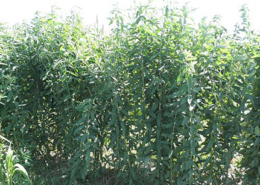

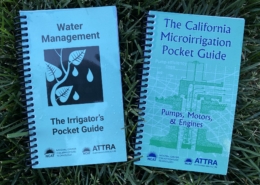
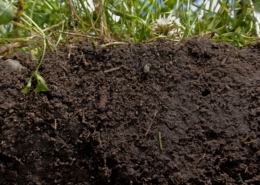 USDA NRCS
USDA NRCS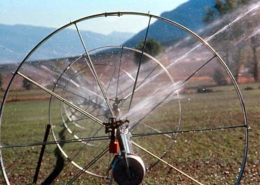
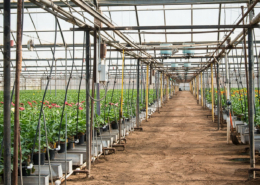 USDA
USDA
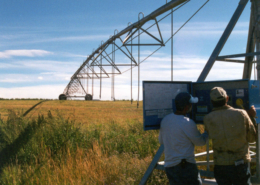 Mike Morris, NCAT
Mike Morris, NCAT NCAT
NCAT